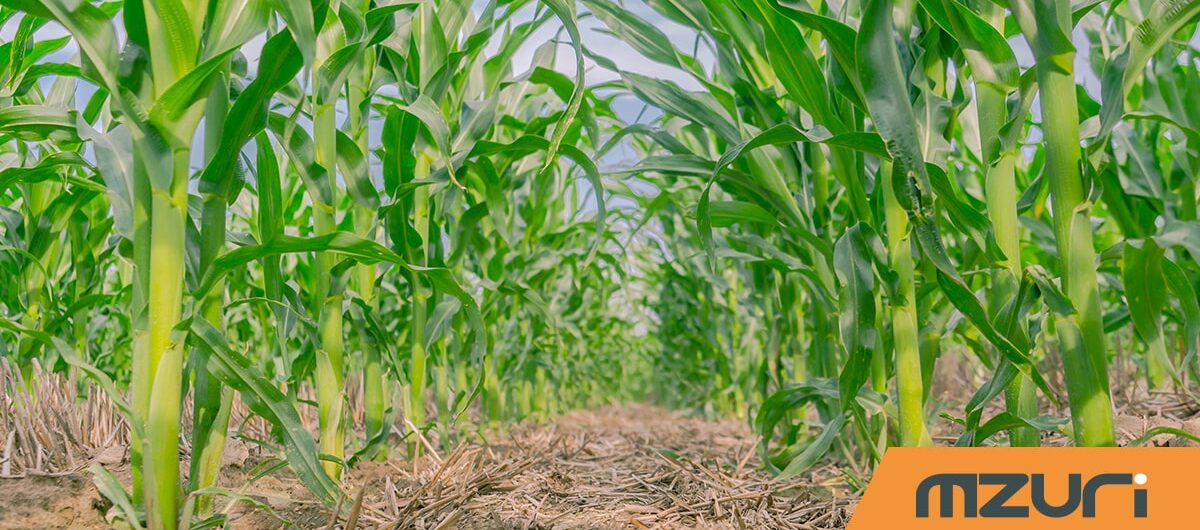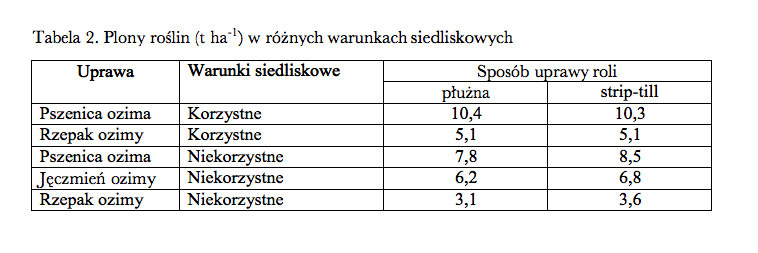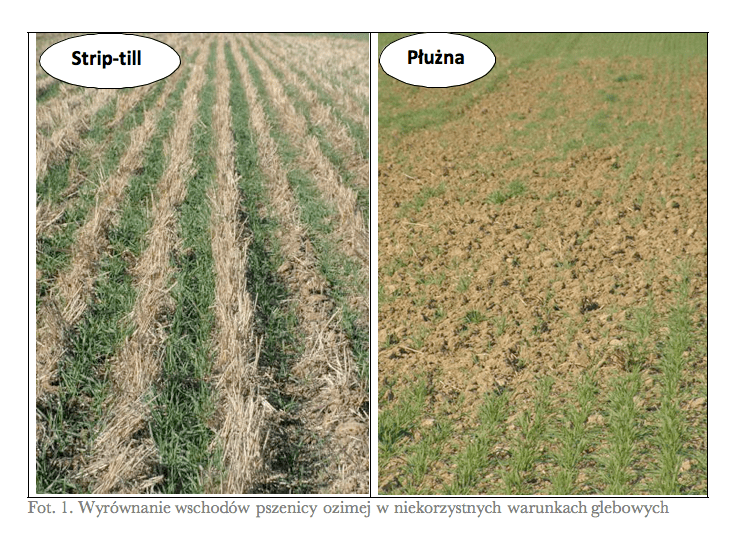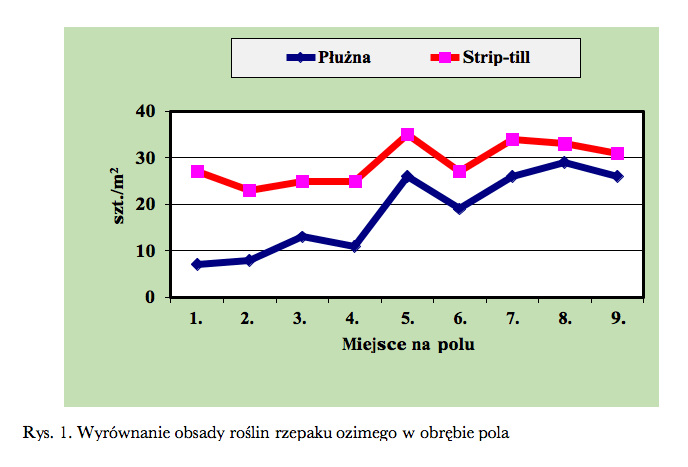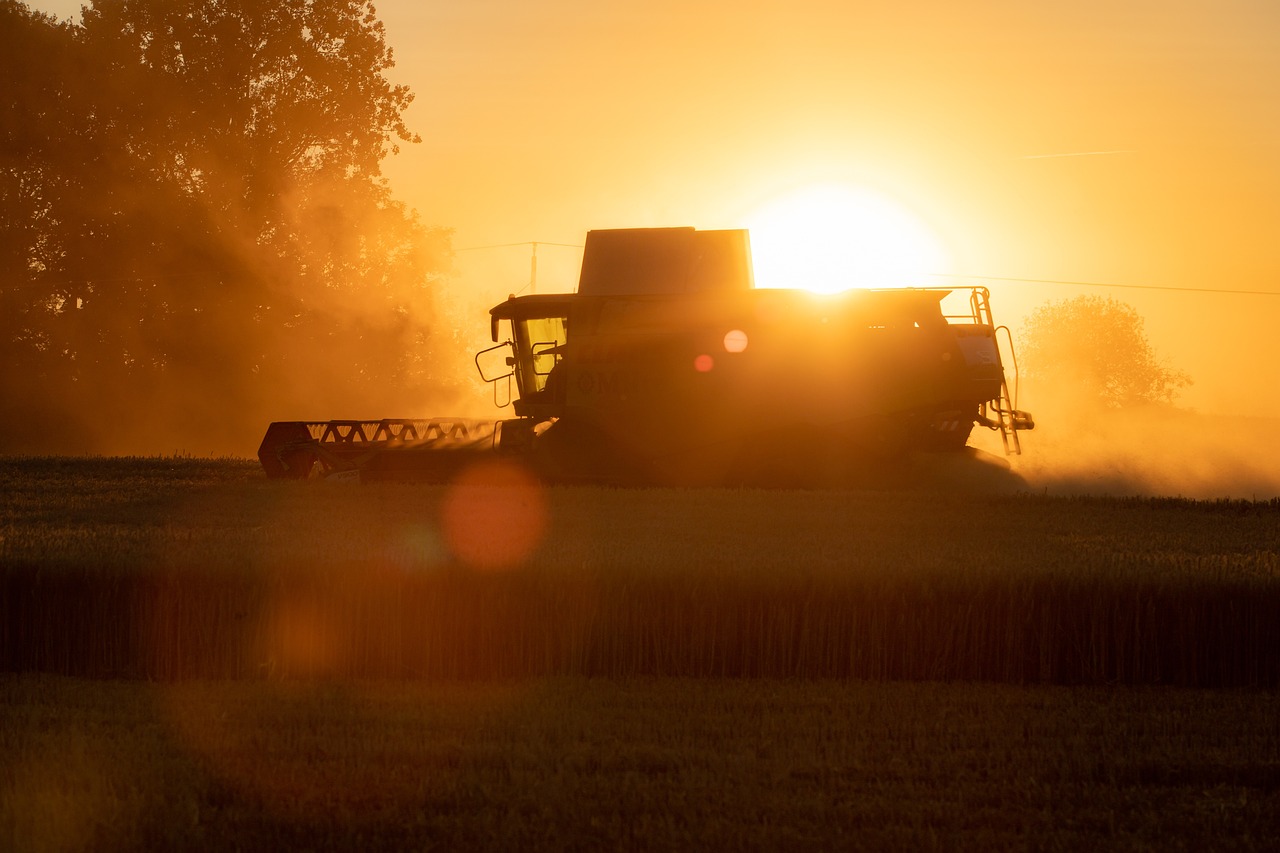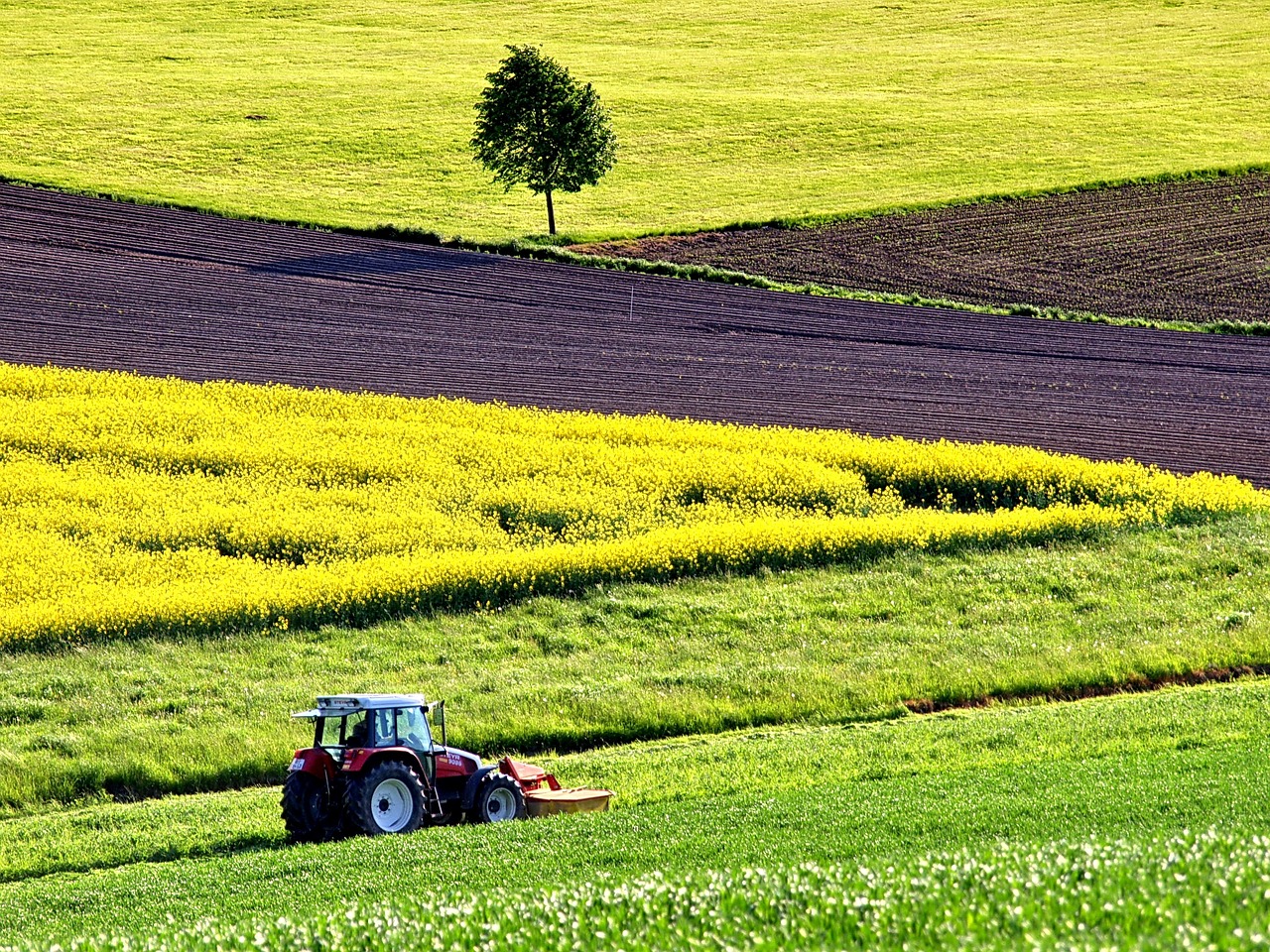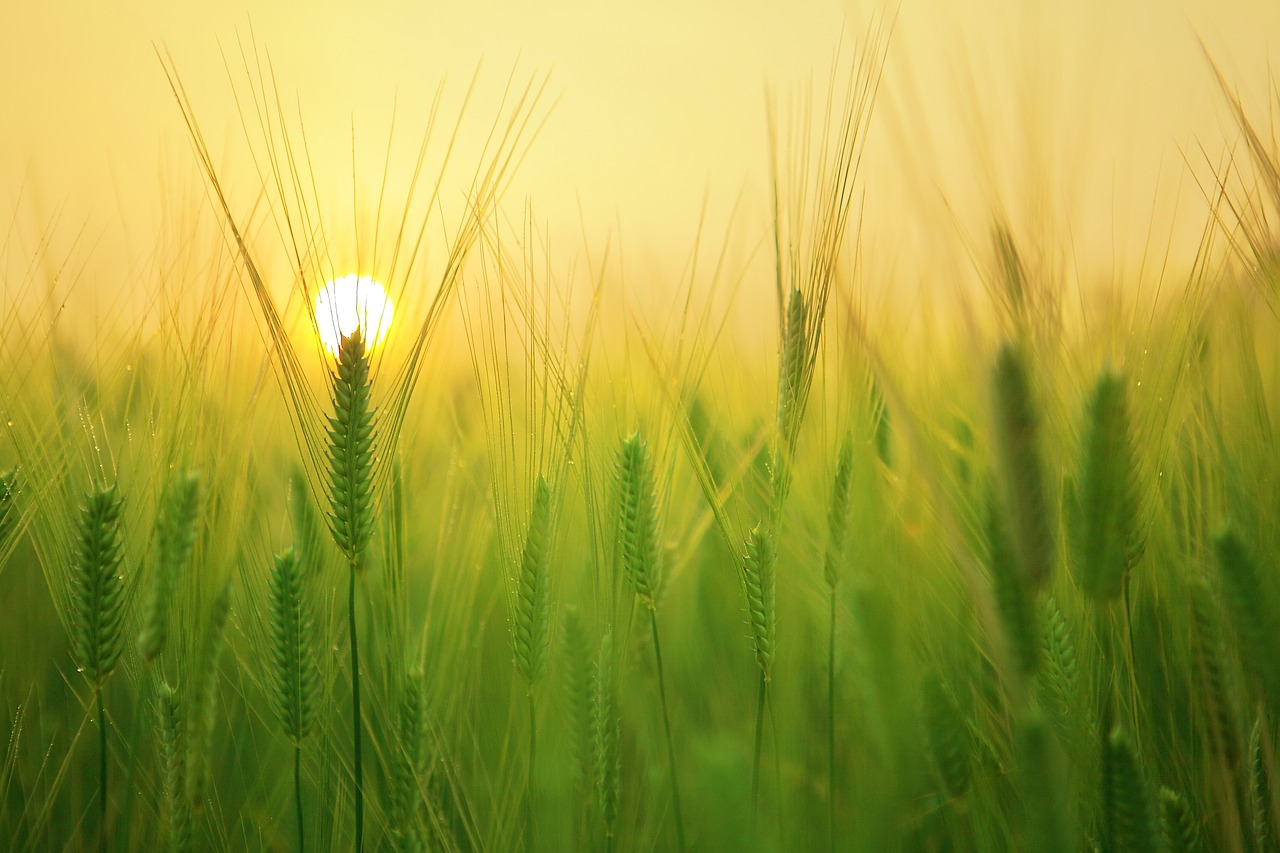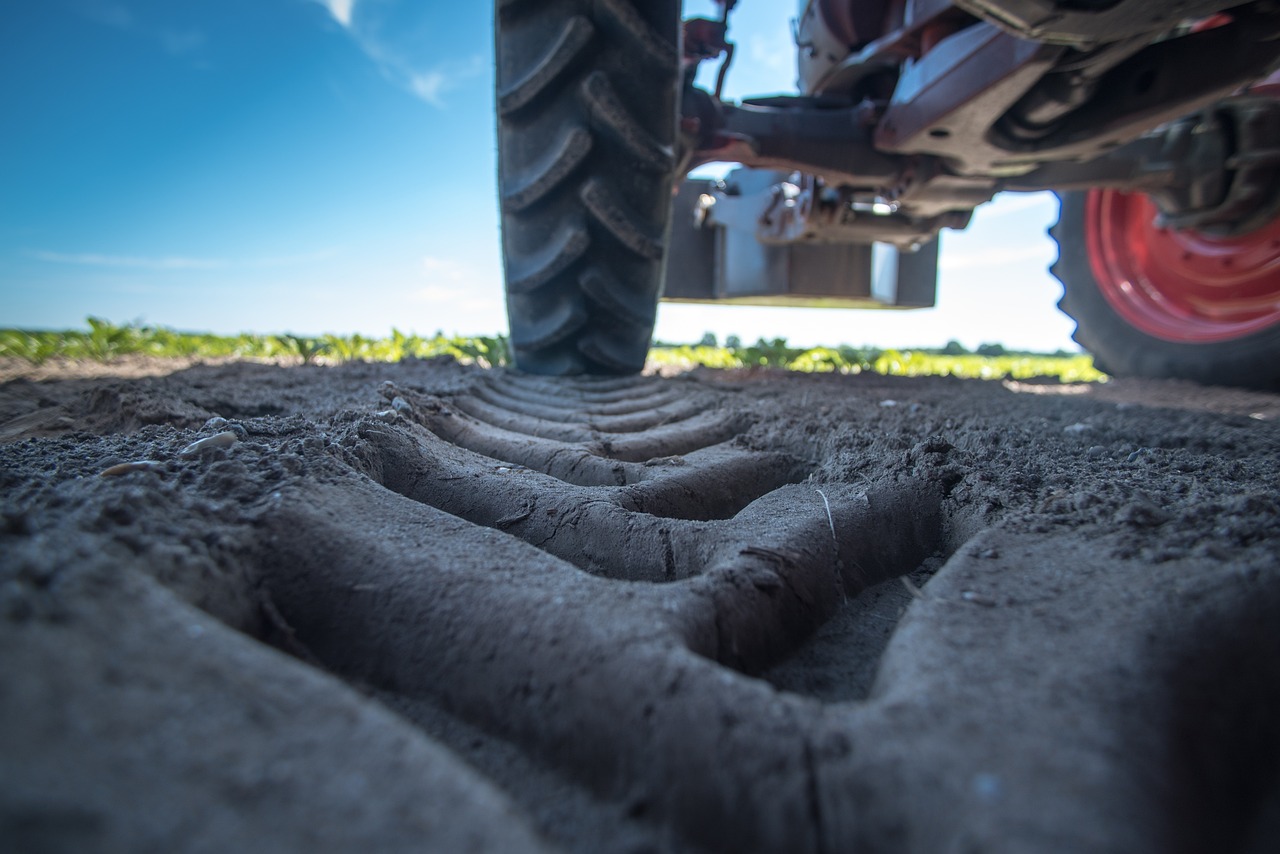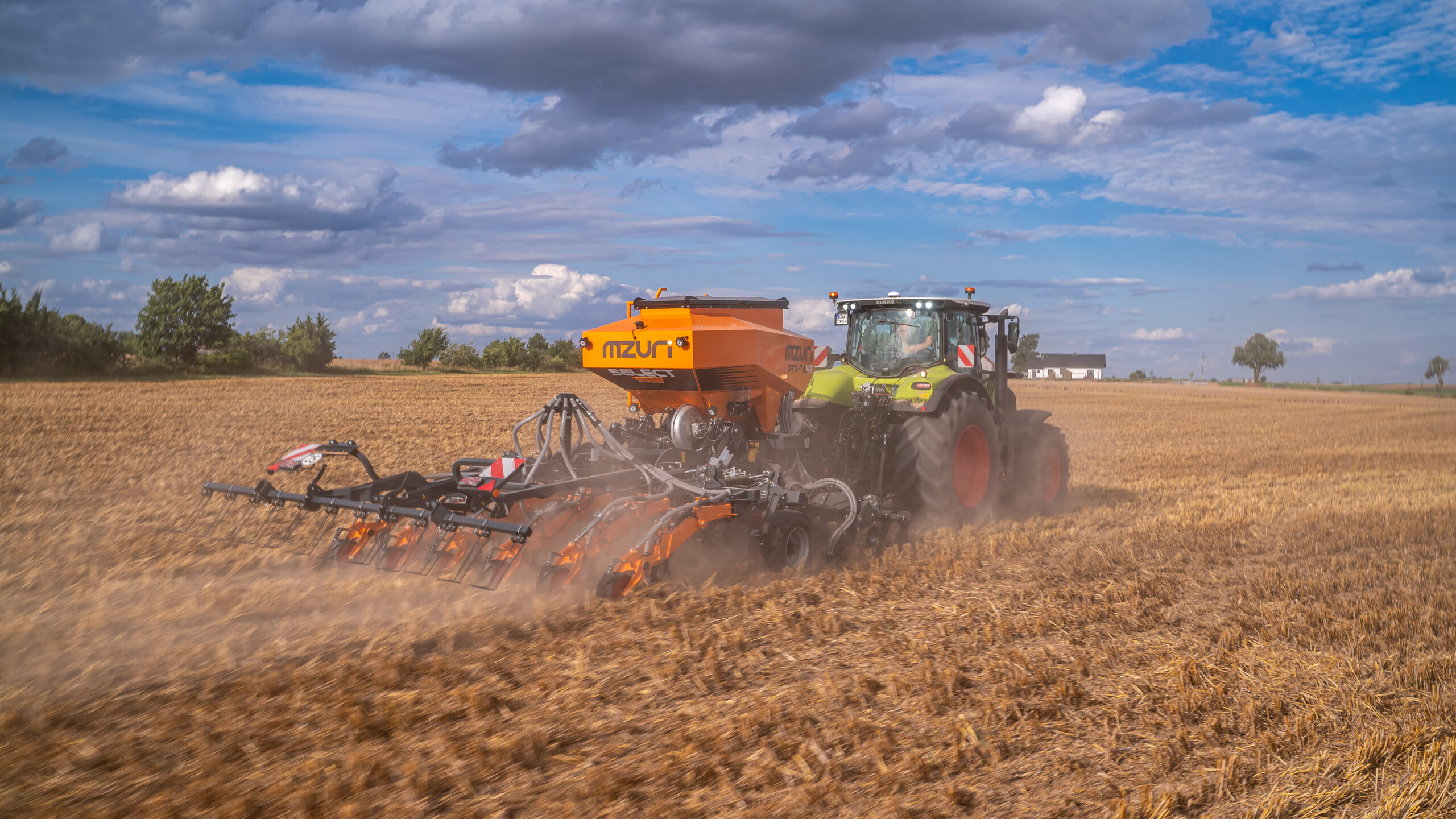
Konsultacje społeczne dotyczące inicjatywy "Mzuri World Carbon Credits"
Mzuri World, lider technologii dedykowanych dla zrównoważonego rolnictwa, z radością ogłasza rozpoczęcie procesu konsultacji publicznych dotyczących nadchodzącej inicjatywy „Mzuri World Carbon Credits”. Ten innowacyjny program jest wyrazem naszego udziału w globalnym wysiłku zmierzającym do redukcji emisji zanieczyszczeń do atmosfery. Będzie on realizowany w oparciu o uznawaną

